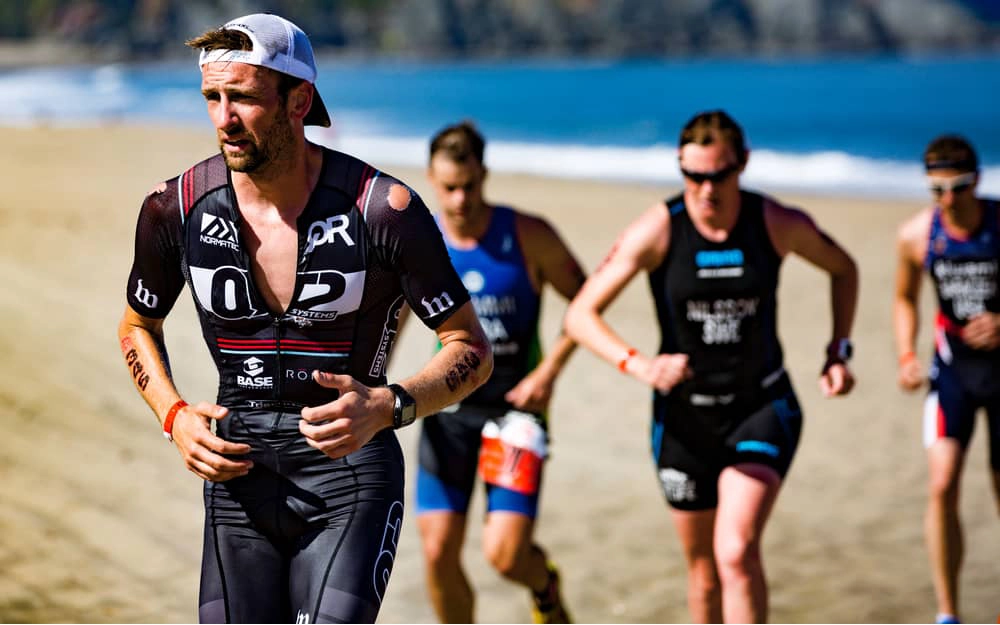Meta Description: Discover what an endurance athlete clinic is, how it helps with injury recovery and peak performance, and why Revolution Rehab is the go-to spot for expert care.
What Is an Endurance Athlete Clinic? Here’s What You Really Need to Know
If you’re clocking 30+ miles a week, doing back-to-back triathlons, or even just training for your first marathon, you’ve probably had this moment: something hurts, you ignore it, and then… it doesn’t go away. That’s where an endurance athlete clinic comes in.
These clinics are more than just places to treat injuries. They’re designed to help endurance athletes — runners, cyclists, swimmers, triathletes, and ultra-athletes — perform better, train smarter, and stay pain-free long term.
Understanding Endurance Athlete Clinics
At its core, an endurance athlete clinic is a specialized healthcare facility that focuses on diagnosing, treating, and optimizing the physical performance of individuals involved in long-duration sports.
But here’s the thing — it’s not just about treatment. These clinics exist because endurance sports place unique, repetitive stress on the body. Think about the difference between a sprinter and a marathon runner: same sport, different demands, different injuries, different care needs.
At Revolution Rehab, we tailor everything — from your initial assessment to your long-term plan — specifically for endurance athletes. Because your body doesn’t operate like the average gym-goer’s, and it shouldn’t be treated like it does.
What’s Actually Happening in Your Body?
To get why endurance athlete clinics are essential, you need a quick crash course in how your body works under long-term physical strain.
- Muscles: Constant loading over time causes micro-tears that don’t always heal properly if you’re not giving your body enough recovery.
- Tendons & Ligaments: These structures handle load transfer. But repetitive stress can lead to tendinopathies, like Achilles tendonitis or IT band syndrome.
- Bones: Stress fractures in the tibia, metatarsals, or hips are common when bone recovery lags behind training load.
- Cardiovascular System: You’re pushing your heart and lungs consistently. A proper clinic looks at total body health — not just your knees or hamstrings.
Endurance athletes aren’t just prone to injury — they’re prone to complex injuries. Overuse, fatigue, poor mechanics, and inadequate recovery all snowball.
That’s why general physical therapy doesn’t cut it. You need a team who understands how endurance sports really work.
Common Causes of Pain or Injury in Endurance Athletes
Let’s talk real life. These are the big culprits we see at Revolution Rehab day in and day out.
1. Injuries From Overuse
- Shin splints
- Plantar fasciitis
- Patellofemoral pain syndrome
- IT band friction syndrome
These are all rooted in repeated stress on tissue without enough rest or adaptation time. It’s not about one bad run — it’s about how you’ve been training for months.
2. Underlying Medical Conditions
Things like asthma, anemia, or heart irregularities can sneak in and mess with your performance. If you’re chronically fatigued or short of breath, don’t chalk it up to a tough workout — get it checked out.
3. Biomechanical & Structural Imbalances
- Uneven leg length
- Flat feet
- Weak glutes or hip instability
Even a small imbalance can lead to major problems over thousands of repetitive steps. An endurance athlete clinic will assess your biomechanics thoroughly — not just look at your symptoms.
4. Lifestyle and Health Choices
- Not enough sleep
- Poor nutrition
- Stress overload
- Not fueling properly during long training sessions
These affect recovery time, hormone levels, and your body’s ability to adapt to training. You can’t out-train a broken recovery cycle.
5. Nerve Compression and Neurological Symptoms
This one gets overlooked often. Ever felt tingling in your feet on long rides? Numbness after running? It could be nerve-related. Clinics like Revolution Rehab will evaluate neural tension, spinal alignment, and how nerves are functioning under endurance load.
How Endurance Athletes Get Diagnosed Properly
Now let’s say you’ve been dealing with chronic hip pain or recurring shin splints. Here’s what typically happens when you visit an endurance athlete clinic like ours.
1. Movement Assessment
We’re not just watching you walk. We’re watching how you run, bike, or swim. Every joint, every stride, every inefficiency.
2. Strength and Mobility Testing
We look at glute strength, ankle mobility, core stability, and more — all of which play massive roles in performance and injury risk.
3. Gait Analysis
Yes, treadmills and slow-mo video. We break down your stride, foot strike, cadence, and body positioning to get to the root of what’s off.
4. Diagnostic Imaging if Needed
X-rays, MRIs, or ultrasounds help rule out fractures or soft-tissue damage.
5. Red Flags and When to Get Help ASAP
If you notice:
- Sudden, sharp pain that worsens over time
- Tingling or numbness during or after workouts
- Bone pain that gets worse with impact
- Extreme fatigue, heart palpitations, or dizziness during exercise
Don’t wait. Those aren’t just normal training issues. They’re signs you need a proper evaluation right away.
Treatment Options We Use at Revolution Rehab
Here’s where it gets exciting — because this is where things actually get better.
Home Remedies That Work
- Ice for inflammation post-workout
- Epsom salt baths for muscle tension
- Compression gear for recovery
- Sleep — your #1 recovery tool
But remember: home remedies aren’t a long-term fix. They manage symptoms, not causes.
Physical Therapy That’s Built for Athletes
- Manual therapy
- Sport-specific rehab plans
- Return-to-sport progression (this is key — we don’t just treat, we guide you back to racing)
Performance Optimization
- Strength programming
- Plyometric and agility drills
- VO2 max and lactate threshold testing
- Running/cycling/swim technique correction
This is where good clinics separate from great ones. We don’t just fix what’s broken — we optimize what’s working.
How to Prevent Injuries as an Endurance Athlete
Here’s your blueprint to stay injury-free and crush your goals.
Periodize Your Training
Every week shouldn’t be a peak week. Learn to build, recover, and taper effectively. Your training plan should include deload weeks — and if it doesn’t, you’re skating on thin ice.
Strength Train Consistently
2x per week. Focus on:
- Posterior chain (glutes, hamstrings, calves)
- Core and hip stability
- Unilateral strength (single-leg movements)
Cross-Train When Needed
If you feel like running is grinding you down, sub in the bike, pool, or elliptical. Reduce impact without losing fitness.
Fuel & Hydrate Properly
Eat real food. Stay on top of hydration. Don’t skip carbs if you’re doing long endurance sessions — they’re not the enemy.
Listen to Your Body
Pain that sticks around isn’t “normal.” Your body is sending you a signal. Get it looked at before it turns into a season-ending injury.
Ready to Train Harder, Smarter, and Longer?
You don’t have to push through pain or guess your way through injuries.
At Revolution Rehab, we help endurance athletes do what they love — and do it better. Whether you’re training for your first half-marathon or your tenth Ironman, our expert team knows exactly what your body needs to perform, recover, and stay injury-free.
So if you’re asking, “Do I need an endurance athlete clinic?” — the answer is probably yes. And we’re here when you’re ready.
Book Your Evaluation with Revolution Rehab Today
Let’s get you back to running strong, cycling pain-free, and crushing every mile ahead. Contact us now to book your consultation. You deserve a team that gets endurance — not just injuries.


